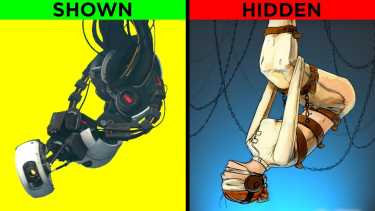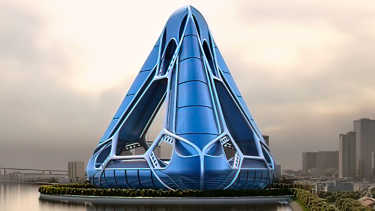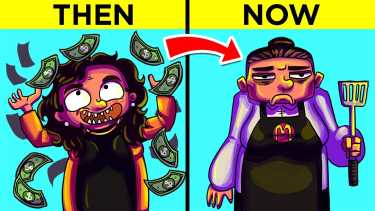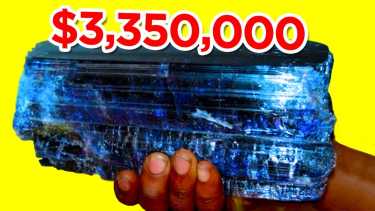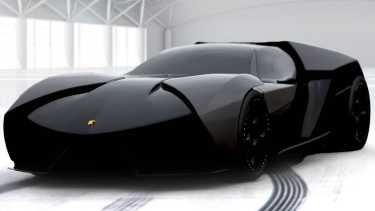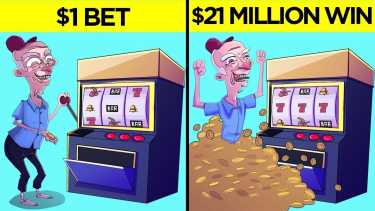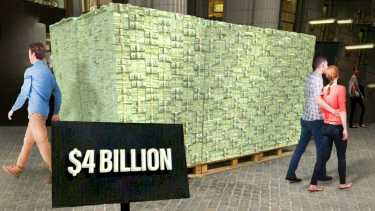How Rudy Kurniawan Defrauded Millions From Wine Aficionados
Let's investigate the great wine fraud, when Rudy Kurniawan fooled the world with fake wine!
MoneyBack in March 2012, the FBI charged down wine expert Rudy Kurniawan’s front door, and made a shocking discovery, one that finally closed a four-year-long investigation. The designer suit-wearing, Lamborghini-driving Kurniawan wasn’t everything he claimed to be, he’d been scamming some of the world’s wealthiest people out of millions of dollars!
How? Well, crack open your favorite bottle and pour yourself a glass. This story has notes of deception, betrayal, and more than a hint of fraud, because we’re investigating how one man and his family stole millions from bankers and wine aficionados!
The Rise Of Rudy Kurniawan
To find out exactly what happened, we need to go back to the year 2001, when a mysterious new contender appeared on the US wine auction scene. His name was Rudy Kurniawan, and two years prior he’d traveled from Indonesia to the US to study accounting at California State University, Northridge.
Little else was known about him other than his interest in wines, but he was about to become embroiled in one of the biggest scams the country has ever known. To understand the madness that came next, you’ve got to understand Rudy’s true passion: burgundies. These are wines grown exclusively in the Burgundy Region of eastern France, and they’re super-expensive.
Many vineyards in Burgundy have been owned by the same families for generations, using the same soil to grow the same grapes. And there’s something romantic about that idea. So romantic that some collectors are willing to drop the price of a whole luxury car on a bottle, and then not even drink it!

Seriously, just one bottle of Romanee-Conti, one of the most sought-after burgundies in the world, sold for an eyewatering $558,000 back in 2018! In other words, wine means money. So, shortly after arriving in the US, the young student began gaining attention among wine fanatics for the insane amount of money he’d spend at fancy wine auctions.
In his first 18 months of attending auctions, he’d already bought around 3,000 bottles. And by 2006, that spending had shot up to a monstrous $1 million every month. If an auction lot came up that he wanted, he’d hold his paddle in the air and refuse to take it down until he’d won.
His affinity was so strong towards Romanee-Conti, that he’d buy up practically any vintage he could get his hands on. So much so, he was known to his peers as “Dr. Conti”.
If you’re a high roller in these circles and a mysterious young man with a seemingly endless supply of wealth popped up out of nowhere, you’re gonna have some questions. Like ‘who is this guy?’, and ‘where does all his money come from?’ Well, although Rudy kept his family business a guarded secret, he told people it permitted him a $1 million monthly allowance.
But as enigmatic as he seemed, people were drawn to the guy, much to their later regrets. He was charismatic, down to earth, and charming and that gets you a long way in life. So, Rudy started hosting tasting nights for a close circle of fellow enthusiasts-stroke-clients.
This was a rich boy’s club, and they’d have no issues dropping some serious cash. These guys would drink their way through $100,000 to $200,000 of wine every time they met, that’s an obscene amount of money!
Each man took it in turns providing the wines for the evening, and Rudy saw this as an opportunity to flex all the uber-expensive bottles he’d been collecting with his mysterious stash of cash. Before long, word started to spread that he had the best, most expensive wine cellar in the world, and he fell in with a close-knit group of wine aficionados who coined themselves ‘The Angry Men’.
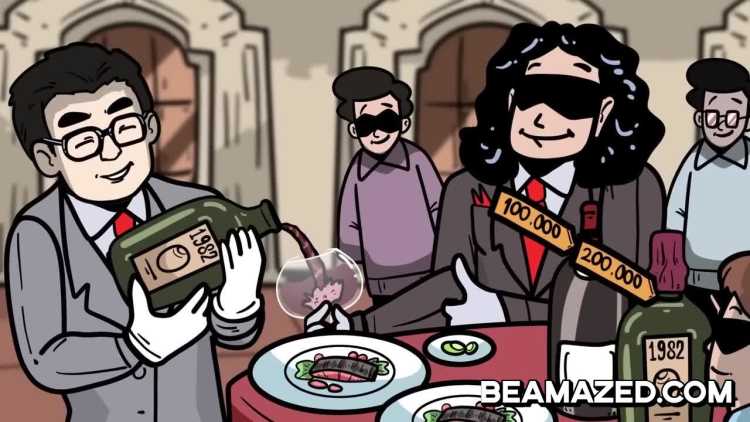
What made them so angry? Apparently, they were sick of taking an expensive bottle of wine to a dinner party and then having to drink everyone else’s “cheap rubbish”. And they all had hilarious little nicknames like “Mr. Angry”, “Big Boy”, and “Hollywood Jeff”. On top of networking with the so-called Angry Boys, Rudy began making seismic waves on the auction scene.
Instead of just buying single bottles, he started buying entire cellars from European lots before selling them on to the American market. In fact, he bought so many rare bottles that he inadvertently reduced how many were left circulating the market. This dramatically drove prices up.
Five years after Rudy first started buying wines in 2001, vintage bottles had more than doubled in value, and total worldwide auction sales more than tripled to $300 million! A case of Romanee-Conti sold in October 2006 for $161,000, a whopping 44% more than it would’ve sold for just six months earlier!
Seeing this incredible price increase, Rudy began selling so many bottles that he netted almost $35 million from them in just two auctions! Rudy had turned the wine market crazy, and then reaped all the financial reward from it. Everything was going his way; he was the King perched atop his throne. But all kings must fall.

Wine Con Man Exposed
Around this time, some major discrepancies started to appear among Rudy’s wares. During two record-breaking 2006 auctions at wine merchant Acker, Merrall & Condit, Kurniawan had sold eight magnums of 1947 Chateau Lafluer. Magnums are massive, five-liter bottles that sell for far more than regular sized bottles, so he was pretty happy with himself.
There was just one problem. The records showed that only five magnums of that vintage were ever produced! So, at best, three of the ones Rudy sold were fake. By sheer chance, Rudy got away with it that time. But then, in 2008, Kurniawan made an even bigger mistake.
He put seven cases of Clos St Denis Grand Cru vintages to auction, looking to gain up to $70,000 each from them. However, when the winemaker, Laurent Ponsot, heard about the sale, he immediately knew something was off. The vintages Rudy was selling were dated between 1945 and 1971, but Ponsot hadn’t started making the wine until 1982!

Wasting no time, Ponsot jumped on a plane and flew from France to New York to demand the items be pulled from auction. Even so, the slippery Rudy managed to convince him that he’d made an honest mistake and accidentally bought the fraudulent wine. But by now, people were getting more than a little suspicious.
And Ponsot wasn’t the only one with a bad taste in his mouth. Billionaire oil tycoon, Bill Koch, had started to notice some funny business in his personal cellar and he isn’t a guy you want to mess with. He has a ridiculous, 43,000 bottle wine collection, and he’s been scammed before.
Back in the 1980s, he’d bought four bottles at over $100,000 a piece that reportedly once belonged to Founding Father Thomas Jefferson only to find out that two of them were fakes. Armed with vast financial resources and a whole lotta hurt pride, Bill has since splashed over $35 million on private investigators to inspect his entire collection and bring anyone selling fake wines to justice. Think of Bill as the wine equivalent of Batman.
After inspecting a $30,000 bottle that Bill had bought from Rudy back in 2005, his investigators realized it was a fake. Then, they found two further fakes posing as 1934 Romanee-Contis, Rudy’s signature wine.
As the investigation went on, more and more fake bottles kept getting uncovered, until Bill realized he’d been conned out of over $2 million! And all the mounting evidence seemed to point towards Rudy. So, in 2009, Bill filed a lawsuit against Rudy Kurniawan. After evading the law for so long, it was looking like the beginning of the end for our wine scammer.
Counterfeit Wine
But before we carry on, how exactly did Rudy go about faking wine? Overall, i’s not so much the contents of the bottle that needs to be faked, but the bottle itself. Providing the owner never opens it, and collectors rarely do, there could be water in there, and they’d never know!
Rudy also made sure his fake wines tasted like the real deal, but you mainly need the outside to look authentic at the point of sale. There’re typically three ways to fake wine, and Rudy utilized all three of them. The first is counterfeiting.
By printing a duplicate label, then shaping your own bottles after the genuine artifact and replacing the cork and seal, the scammer can create a bottle that’s almost identical to the real thing.
The more valuable the bottle though, the greater the detail required, like a $6,000 bottle of La Romanee Grand Cru. When you shine a UV light on it, it reveals invisible ink on the label! A bad fake wouldn’t have this ink at all, and a good fake would be super difficult to forge accurately.
Even if you did get the label right, you can’t just slap a new label on an old bottle you picked up at a yard sale, it’d be like putting a teenager’s face on a pensioner’s body. So, any tiny detail can blow the cover off an entire operation, even the type of glue used to stick the label. Experts looking at some of Rudy’s bottles found traces of Elmer’s Glue on them, something that didn’t exist until 1947, despite the bottles being dated from 1858!
The second way to stage a fake is pretty similar, only instead of exactly matching the bottles, you slap an impossibly early date on them and pretend they’re ultra-rare vintages. By dating the wines before the actual wine was produced, you might trick aficionados into thinking they’ve found a batch nobody else owns, meaning they’ll pay big bucks. Rudy applied that method when selling bottles of Clos St Denis from 1945 when it wasn’t made until 1982.
Now, the last way to fake wines is for those who don’t mind getting their hands a little dirty: dumpster diving! Sometimes, high-end restaurants that sell a lot of top-quality wines don’t destroy the bottles when they throw them away.
So, if a scammer gets their hands on one of these, it eliminates the need to create a fake at all as they have the real thing right there! Fill it with whatever you want, slap on a replica cork and seal, and voila, you’re in the money!

If restaurant refuse isn’t your thing though, why not try coaxing your rich friends into bringing expensive wines to a tasting evening? Indeed, Rudy would keep and collect any empty bottles he and the Angry Men drank together. If anyone asked him why, he’d just say he liked to write notes on the back about who he’d shared the bottle with. And they had absolutely no idea!
Rudy was probably serving and selling the Angry Men his own concoctions in bottles they would’ve thrown in the trash! After that, they really had something to be angry about, if they’d have known, that is. But of course, Rudy’s deceptions couldn’t last forever.
Three years after Bill Koch filed a lawsuit against him, the FBI finally got a permit to raid Rudy’s home. And after charging down his door, they were shocked by what they found. It was an absolute mess.
Dozens of empty bottles were scattered about the place, even more lined his bookshelves, and over 18,000 labels lay on desks and on tables throughout the house. Almost all of them were presumed fakes, and countless notes accompanied them describing different ways of making them seem genuine.
Bottles weren’t confined to shelves though, they were everywhere. Some sat soaking in the sink to remove the labels while others stood on the side, paired with tasting notes on how to pass them off as believable Bordeaux vintages.
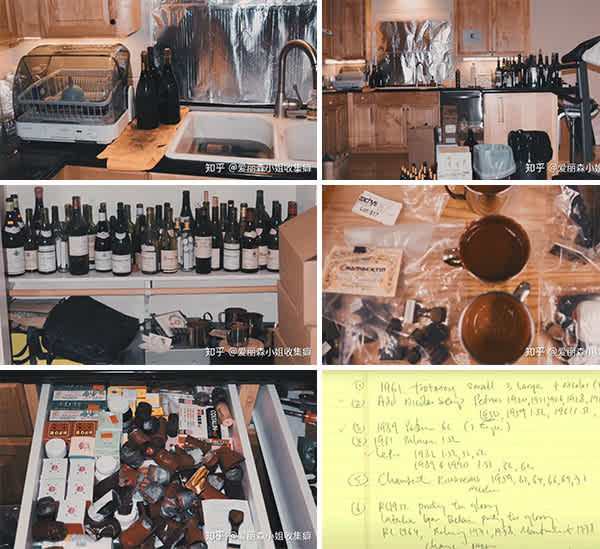
However, just because Rudy could’ve used bottom shelf Walmart wine and crossed his fingers, doesn’t mean that’s what happened. This was no ‘low-effort cash grab’, it was a sophisticated operation that could only have been orchestrated by someone with Rudy’s skills. Indeed, for all his dodgy dealings, Rudy had a truly exceptional palette and could easily identify specific vintages in blind taste tests.
This guy seriously knew his stuff, and it’s part of the reason he got away with it for so long. Anyone who tried his wines said they had the funk of old wine, with the amazing youthfulness of a fresher one. And they were spot on! Rudy would take old commercial grade French wines and mix in some young American wines to create almost perfect replicas of the most expensive wines on the market.
That way, even if a collector did open their bottle, it’d be hard to tell if anything was wrong. Plus, because many of Rudy’s wines were supposedly super-rare, they probably wouldn’t know what it was meant to taste like anyway.
But there was also a larger “code of silence” that protected Rudy for so long. Put it this way; if someone was generous enough to invite you round and open a $14,000 bottle of wine in your company, would you accuse them of owning a fake? It’d be an insult to their hospitality and their intelligence! So, most of the fraudulent wine Rudy sold was never even discovered.
Next is the issue of reselling. If you did realize a bottle you owned was fake, you could find a buyer who was less clued-up, sell it on, and make your money back that way. Providing they never find out, you’re in the clear!

And because so many of these bottles get passed from cellar to cellar, it can become difficult to trace back who actually started the whole chain reaction. Especially when it can take years for someone to discover a fraudulent purchase. However, this fruit-bowl loophole relies on people that aren’t like Bill Koch or Laurent Ponsot.
A Fraudulent Family
Flash forward to December 2013 and not only had Rudy lost the lawsuit Koch had brought on him, but the whole thing had spun into a much more serious court trial. Under oath, the truth Rudy had tried so hard to conceal about his secretive life came spilling out.
Born in Jakarta, Indonesia in 1976, Rudy was about as real as his wines were. His birth name wasn’t even Rudy Kurniawan, it was Zhen Wang Huang! His Chinese father had changed his name to “Kurniawan” to help him assimilate to life in Indonesia.
It didn’t work, likely due to the poor treatment of Chinese people in Indonesia, Rudy left for the US in 1998 on a student visa and by 2001 was seeking political asylum there. However, all his appeals were denied. Undeterred, he’d stayed on as an illegal alien, successfully evading a warrant for his arrest but unable to leave the country.

Something about his visa though would reveal that crime wasn’t just Rudy’s forte, it was his entire fraudulent family’s! Investigators discovered that the visa issuer’s address was a shopping plaza on Jalan Gajah Mada, in Jakarta. It’s essentially a scaled down strip mall containing a hardware store and some other small businesses.
It might be an odd place for someone to pick up their international travel documents, but even odder was who reportedly owned these properties. Rudy had gone to great lengths to keep his family history private, and investigators would soon understand why. The mall was owned by Rudy’s maternal uncle, Hendra Rahardja.
In the 1990s, Hendra was president of two large Indonesian banks, putting him in charge of $1.4 billion worth of assets. When the country faced economic crisis in 1997 though, Hendra sold all of this, made off with the money, and hid his $9.3bn personal fortune in private bank accounts around the world.

How many people can say they robbed an entire country? Hendra was eventually arrested in 2003, but cancer got him before he could be deported back to Jakarta to face sentencing. And the family ties to the world of financial crime don’t end there. Eddy Tansil, Rudy’s other uncle, illegally hustled his way into $420 million!
Tansil’s scheme was dead simple: he’d apply for a loan from the bank offering up his businesses as insurance, divert the loan money into his own pockets, then declare his businesses bankrupt and flee with the loaned cash!
It gets really interesting though when you realize what one of those “bankrupt businesses” actually was a brewery, meaning there was another alcohol fraudster in the same family. This is speculative, but Rudy’s money had to come from somewhere, and his family’s ill-gotten gains are a reasonable place to point the finger.
With all this plus the physical evidence from the bust, it took the Jury just nine days to return Rudy’s verdict: guilty. He was charged with wire fraud, mail fraud, and the first and only ever conviction for wine fraud in the US. On August 7th, 2014, he was sentenced to 10 years in federal prison.
So, just how much money was enough for Rudy to sacrifice his freedom for? How much did he actually make from the whole lucrative ordeal? Well, his $300,000 Lamborghini, $535,000 designer watches, and an $8 million Bel-Air mansion certainly made it look like he lived a life of paradise.
But his bank accounts told a different story; Rudy was broke! Between 2004 and 2011, his lavish spending had landed him with a colossal $40 million credit card bill. So, anything he made from selling wine went straight to paying off debts he’d accrued elsewhere.
Then, after losing the lawsuit, Rudy was ordered to pay almost $30 million in damages to the victims, but he couldn’t even pay back a $10 million loan he’d taken from the wine merchants Acker, Merrall and Condit. And remember the oil baron, Bill Koch? Rudy was ordered to pay him $3 million!
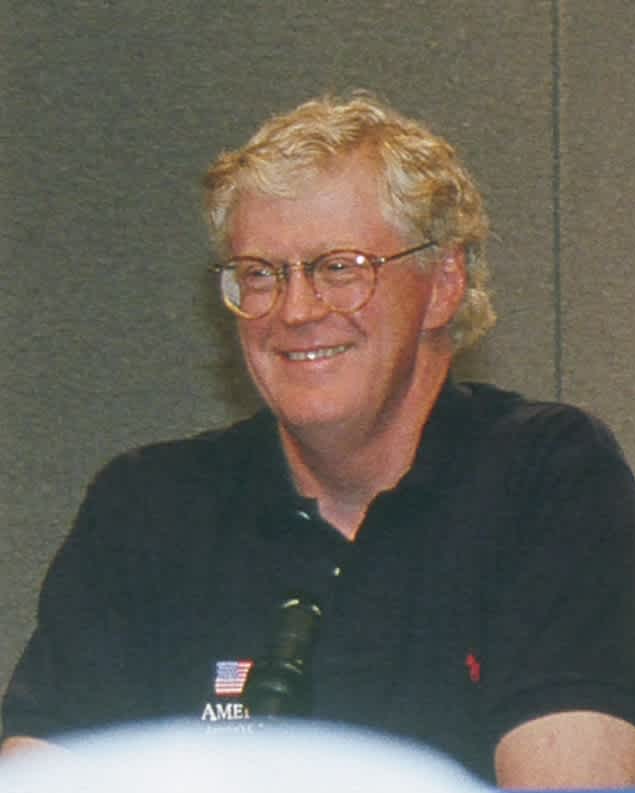
All in all, that’s an absolute butt-ton of debt. To help pay it all off, authorities confiscated Rudy’s collection of authentic wines back in January 2015, but they only raised about $1.5 million. So, even though Rudy got his comeuppance, his victims didn’t get all their cash back. As for the question of why he did it, well, only Rudy can answer that.
Were the family ties to crime too strong and blood runs thicker than burgundy? But there’s a possibility that Rudy Kurniawan was just trying to get into the upper echelons of societal life, something he never had while he was in Indonesia. Perhaps he became so consumed with the lifestyle that he went to increasingly desperate measures to keep himself there, until there was no turning back.
The Great Wine Fraud
There’re some bigger questions to be answered though, like how on earth could Rudy have accomplished the whole operation alone? Apparently, making just one fake bottle takes about an hour from start to finish. You’ve got to melt the wax, clean the bottle, add a new label, re-wax, and dirt it so it doesn’t look pristine. And that’s assuming you already have the bottle itself.

Rudy made countless sales, with one alone coming to 15,000 bottles. If he worked eight hours a day and never took a single day off, that one sale would’ve taken him over five years to prepare for!
Never mind the time it takes to find the right formula to fill the bottle with, design the fake labels and corks, and travel round to auctions and clients. There’re just too many elaborate parts for it to have been one man alone. So why was Rudy the only person who was arrested and charged?
Secondly, why has little-to-no accountability been placed on auction houses? Rudy passed millions of dollars’ worth of fraudulent wine through their “meticulous authentication processes” without even a chip in his cork. No matter how good Rudy’s fakes were, if a wine is claiming to be decades older than its oldest known vintage, it doesn’t take a genius to know something’s up.
What’s more, Acker, Merrall & Condit made 20% on the sales of Rudy’s auctioned wines. And if the wine market was booming, which it was, they’d be looking to cash in. They’d have made more money from this than Rudy!
I’m not suggesting they were helping him glue the labels on or anything, but they used their “expert opinion” to give glowing reviews to wines that didn’t even exist. They also loaned Rudy at least $10 million, and it's not implausible to assume that they had mutual interests.
Bill Koch certainly didn’t think it was. He slapped Acker, Merrall and Condit with a lawsuit too, claiming he’d purchased more than 200 fake bottles from them for over $2 million. Almost all of them had been sourced through Rudy Kurniawan. After six years, they reached an out of court settlement for an undisclosed sum, but that’s it! They got away with a slap on the wrists and a fine while Rudy got served a ten-year sentence.
It’s hard to feel sympathy towards the people who got scammed as well. Take Bill Koch, he’s dedicated nearly four decades of his life and spent tens-of-millions more dollars than he was ever scammed out of. Is he really standing up for what’s right, or is his pride just hurt from being conned?
As for the members of the so-called “Angry Men”, they’re inner-city rich folk who got a kick from blowing four times most Americans’ yearly salaries in one night. They sure haven’t gone broke from Rudy, and they’re most likely doing just fine! As for the man himself, Rudy was released from prison in 2021 after serving 9 years of his 10-year sentence.
The burgundy bunco was deported to Indonesia shortly after being released and he’s been keeping a low profile ever since. We don’t know what exactly he’s up to, but we do know the wine industry is far from recovering, even today.
It’s likely there are thousands of Rudy’s fakes still gathering dust in people’s cellars, and rooting them all out is a lengthy and costly process. Even with Rudy gone, the fake wine industry is still estimated to be worth a jaw dropping $3 billion, with at least one in every five bottles being a counterfeit.
So, stopping Rudy hasn’t solved the bigger issue here. I don’t know if that’s even possible. I don’t even know if we’ve seen the end of Rudy Kurniawan, do you?

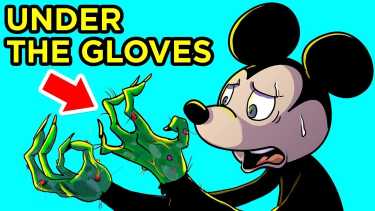

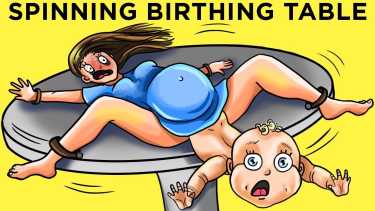
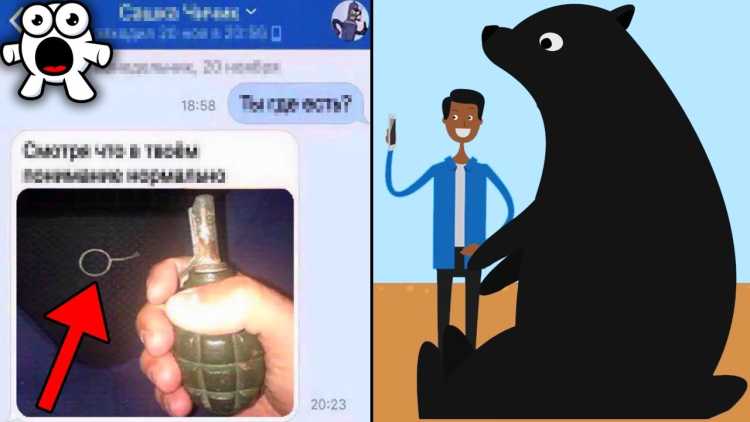








![Embarrassingly Dumb Ways People Died - Darwin Awards Winners [Part 14]](http://images.ctfassets.net/l031eph9pzsg/686De1sLP59fCNWLkbDwm5/4031ad820164610867ececf9513ce5ce/embarrassingly-dumb-ways-people-died---darwin-awards-winners-_part-14_.jpg?w=750&h=422&fl=progressive&q=50&fm=jpg)

